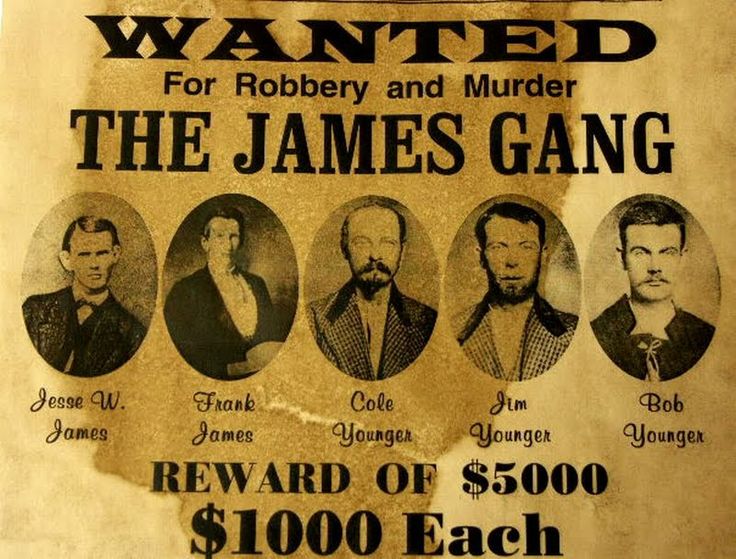Guest post by Steven Diffendal
Prior to attending Dr. Sizer’s class, I did not possess the knowledge as to what distinguished a bandit from an outlaw. Dr. Sizer explained how historical facts differ from those of the folk legends that we have come to know.
 I came away from Dr. Sizer’s lecture with information such as when the term “bandit” was first employed. It was a term that was first used during the medieval era that referred to the everyday soldier. Dr. Sizer explained that the bandit differed from the common criminal in that the bandit shared the support of the population, for the bandit did not perform crimes that were of a predatory nature against the people. He was a person that stood up against social injustice and took a stand. He acted. He did not simply sit by ad observe, he responded.
I came away from Dr. Sizer’s lecture with information such as when the term “bandit” was first employed. It was a term that was first used during the medieval era that referred to the everyday soldier. Dr. Sizer explained that the bandit differed from the common criminal in that the bandit shared the support of the population, for the bandit did not perform crimes that were of a predatory nature against the people. He was a person that stood up against social injustice and took a stand. He acted. He did not simply sit by ad observe, he responded.
Prior to Dr. Sizer’s lecture, I did not realize that Jesse James was anything other than a criminal. I did not know how Jesse James began his escapades. I did not know him to be anything other than an outlaw. Dr. Sizer informed us that Jesse James came from a family that owned slaves, and that after the South lost the Civil War, many of those people were upset to have to give up their property. After all, slaves were not under contract, so they did not have to be given land, not did their owners have to pay them any wages. They were simply someone’s property. After the war ended and the South had to release the slaves, many slave owners were not happy. Jesse James was one of those who was not happy about the South’s loss and responded to what he believed to be social injustice.
John Edwards, an editor during this era for the Kansas Times, was a Jesse James supporter. He wrote an article on September 29, 1872 praising Jesse James for sticking it to the people in power. However, law enforcement did not feel the same, and offered a reward for Jesse James. In 1882, Robert Ford shot Jesse James while he was hanging a picture on the wall. History thus refers to Robert Ford as the coward that shot Jesse James.
Dr. Sizer explained history from a perspective that I had never heard before. He enlightened me about many facts that are not relayed today through the folk tales about legends that once lived. Thank you, Dr. Sizer, for taking the time to share with me many interesting facts as to what distinguishes a bandit from a common criminal.
